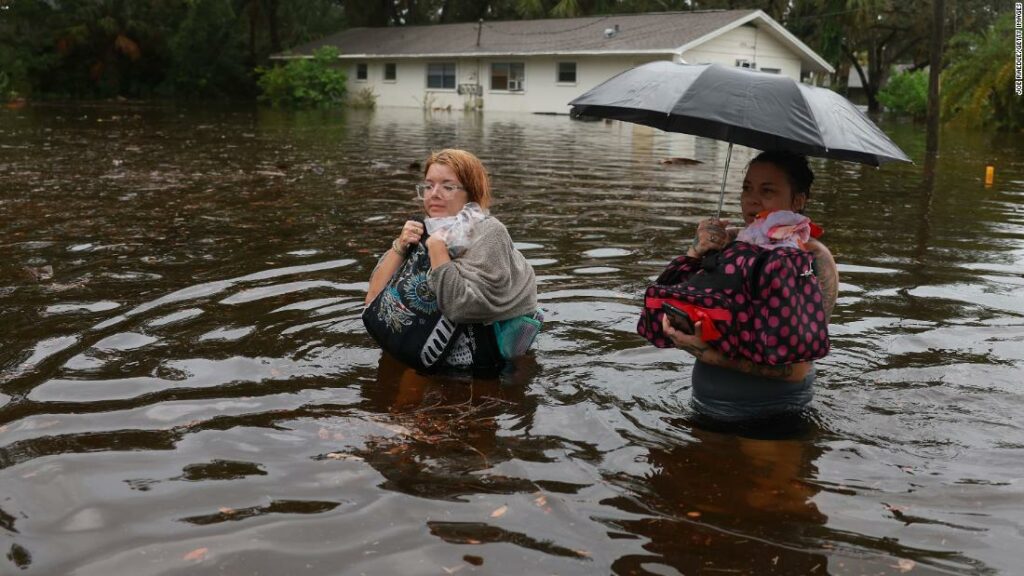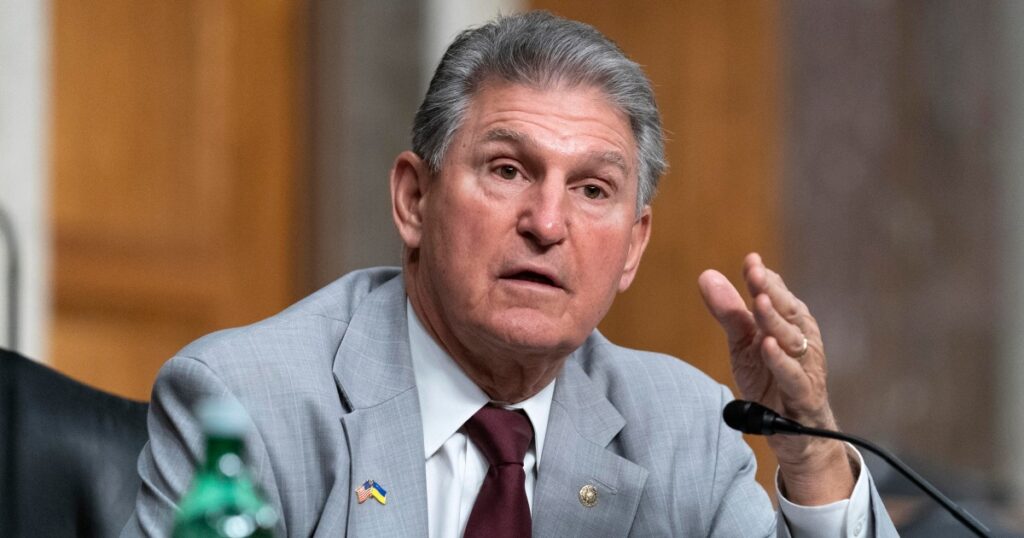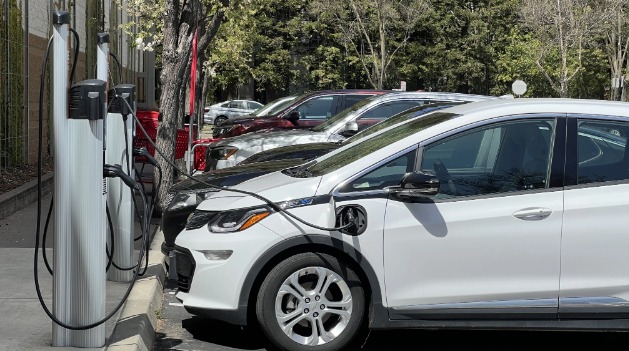Hurricane Idalia: The Alarming Connection Between Rising Ocean Temperatures and Increased Wind Speeds
Before Hurricane Idalia made landfall as a Category 3 storm, it underwent a stunning period of rapid intensification. In just 24 hours, its maximum winds increased by a staggering 55 mph. This phenomenon is a cause for concern, as it highlights the dangerous potential of hurricanes and their ability to wreak havoc.
The Power of Warm Ocean Waters
One of the key factors behind Hurricane Idalia’s rapid intensification is the vast pool of warm ocean water it drew from. This heat was converted into wind power, which contributed to the storm’s increased strength. While strong winds are already a significant threat during hurricanes, they are not the only danger. Storm surge and heavy rainfall also pose serious risks to coastal areas.
The Link Between Ocean Temperatures and Wind Speeds
Meteorologist and hurricane expert Jeff Masters at Yale Climate Connections has shed light on the connection between rising ocean temperatures and hurricane wind speeds. Recent research suggests that for every 1 degree Celsius increase in ocean temperatures, hurricane wind speeds could rise by 4 to 5%. This means that the destructive potential of a storm could be amplified by 40 to 50%.
Scientific Insights
Back in 1987, Kerry Emanuel, a professor of atmospheric science at the Massachusetts Institute of Technology, theorized that hurricane wind speeds would increase by approximately 5% for every 1 degree Celsius rise in tropical ocean temperatures. Tom Knutson, a senior scientist with the National Oceanic and Atmospheric Administration, supports this theory, stating that a 4 to 5% increase is on the higher end of the range observed in various studies.
The Impact of Increased Wind Speeds
Even a seemingly small increase in hurricane wind speeds can have a significant impact on the damage caused by these storms. Masters explains that a 4 to 5% increase may not appear significant at first glance, but the damage inflicted by a hurricane rises exponentially with higher wind speeds. For instance, according to NOAA, a Category 2 hurricane with 100 mph winds can cause ten times the damage of a Category 1 hurricane with 75 mph winds. This includes damage from winds, storm surge, inland flooding, and tornadoes.
Conclusion
The intensification of Hurricane Idalia serves as a stark reminder of the alarming connection between rising ocean temperatures and increased wind speeds during hurricanes. As our planet continues to warm, it is crucial to understand the potential consequences and take proactive measures to mitigate the damage caused by these powerful storms.
Breaking: Storm Makes Landfall in Florida, Continues Ravaging Georgia
[City], [Date] – A powerful storm has made landfall in Florida, wreaking havoc and leaving a trail of destruction in its wake. As it continues its relentless path, Georgia is now facing the wrath of this ferocious weather system. Residents and authorities in both states are bracing themselves for the impact and working tirelessly to mitigate the damage caused by this unprecedented storm.
The storm, which has been identified as [storm name], arrived on the shores of Florida earlier today, unleashing torrential rains, strong winds, and dangerous storm surges. Coastal areas have been particularly vulnerable, with reports of flooding and widespread power outages. Emergency services have been stretched to their limits, responding to distress calls and evacuating residents from affected regions.
Florida, known for its susceptibility to hurricanes, has been no stranger to the devastating effects of such natural disasters. However, the intensity and scale of this storm have caught many off guard. Local authorities have issued evacuation orders for low-lying areas and urged residents to seek shelter in designated safe zones. The state’s emergency management agencies have been working diligently to coordinate relief efforts, ensuring the safety and well-being of its citizens.
As the storm moves northward, Georgia finds itself in the crosshairs of this relentless tempest. Forecasters predict that the state will experience heavy rainfall, strong winds, and potential tornadoes. Governor [Governor’s Name] has declared a state of emergency, mobilizing resources and activating emergency response teams. The National Guard has been deployed to assist in search and rescue operations, as well as to provide aid to affected communities.
The impact of this storm extends beyond the immediate threat to life and property. The disruption caused by severe weather events can have long-lasting effects on local economies, infrastructure, and the overall well-being of communities. Businesses, schools, and transportation systems have been forced to shut down, causing significant disruptions to daily life. The road to recovery will undoubtedly be a challenging one, requiring extensive resources and support from both state and federal agencies.
In times like these, it is crucial for communities to come together and support one another. The resilience and determination of the people affected by this storm will be tested, but history has shown that unity and solidarity can overcome even the most formidable challenges. Volunteers, first responders, and relief organizations are already mobilizing to provide assistance to those in need. Their selfless efforts will undoubtedly make a difference in the lives of countless individuals affected by this devastating storm.
As the storm continues its path of destruction, it is imperative for residents in affected areas to remain vigilant and heed the advice of local authorities. Stay informed through official channels, follow evacuation orders, and take necessary precautions to ensure personal safety. Together, we can weather this storm and emerge stronger on the other side.
In the face of this ongoing crisis, our thoughts and prayers are with the residents of Florida and Georgia. May they find strength, resilience, and support as they navigate through these challenging times.








